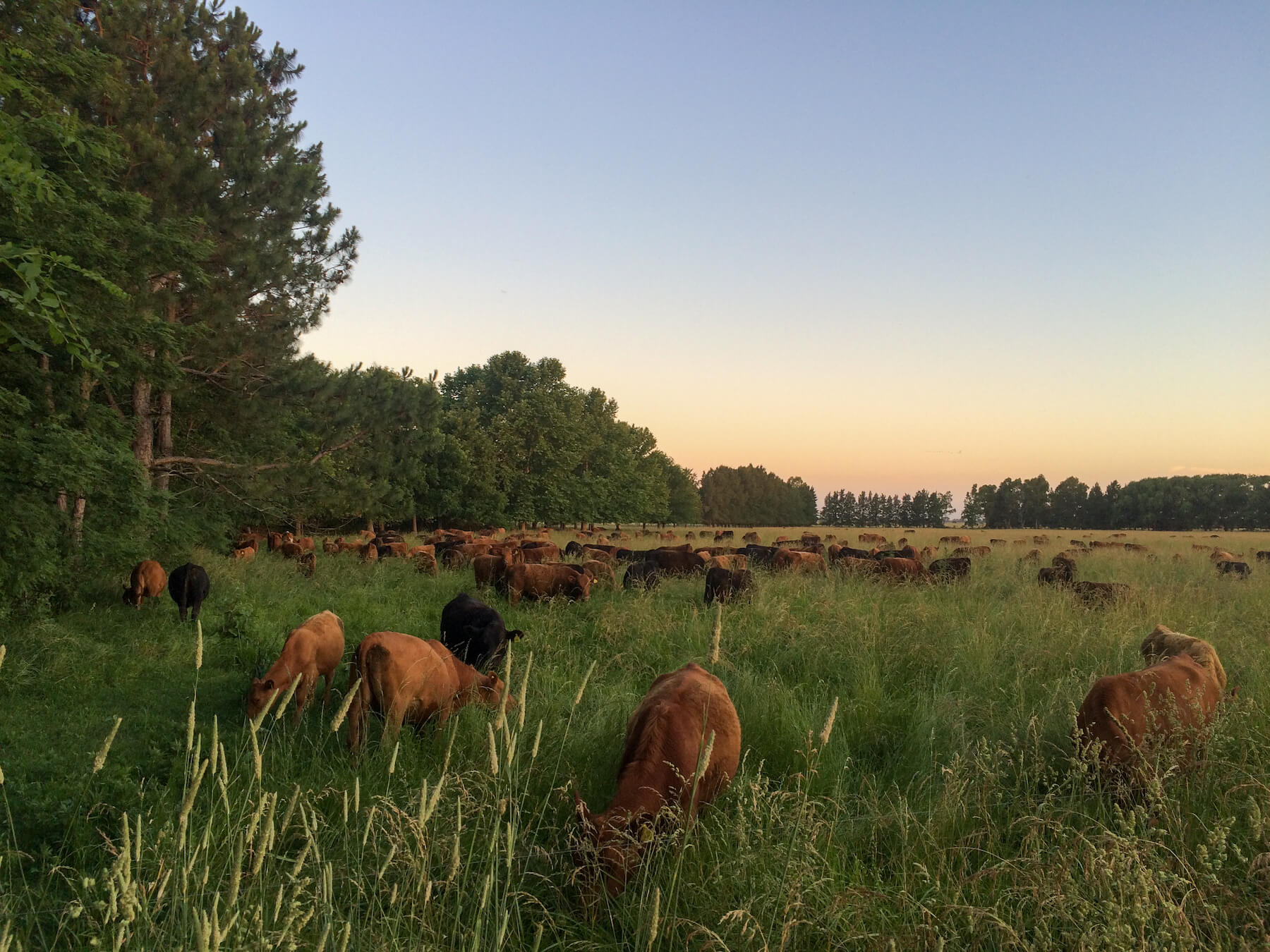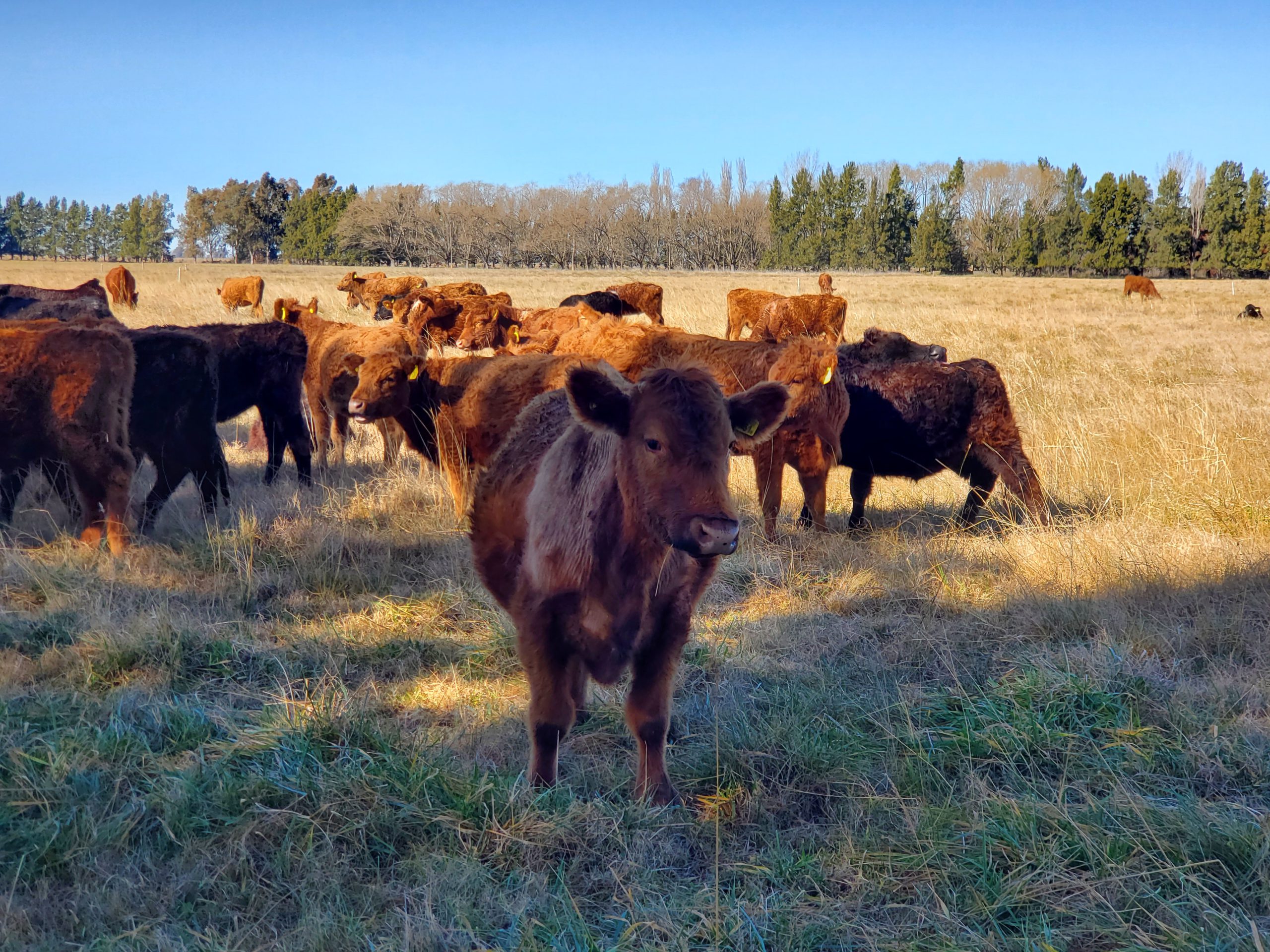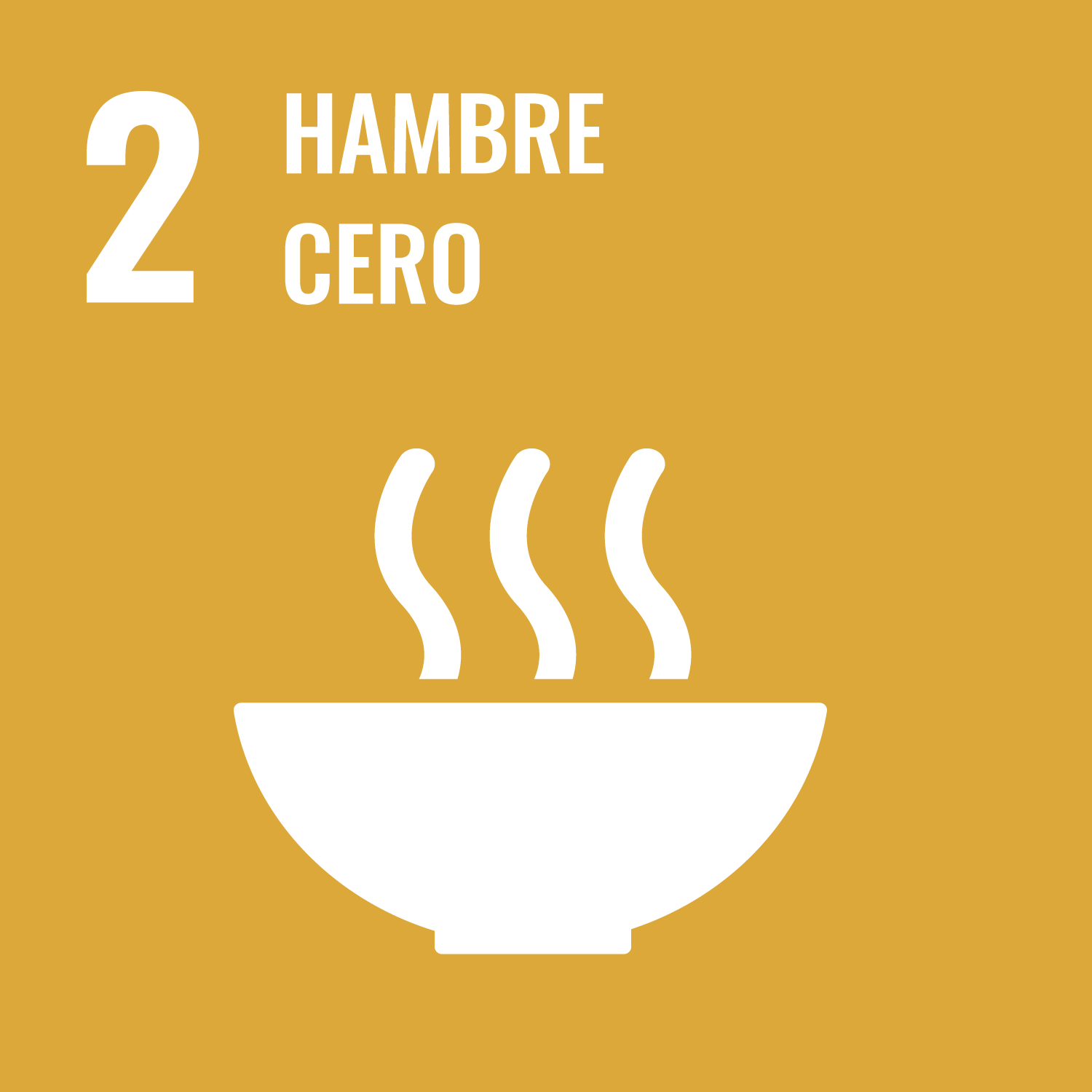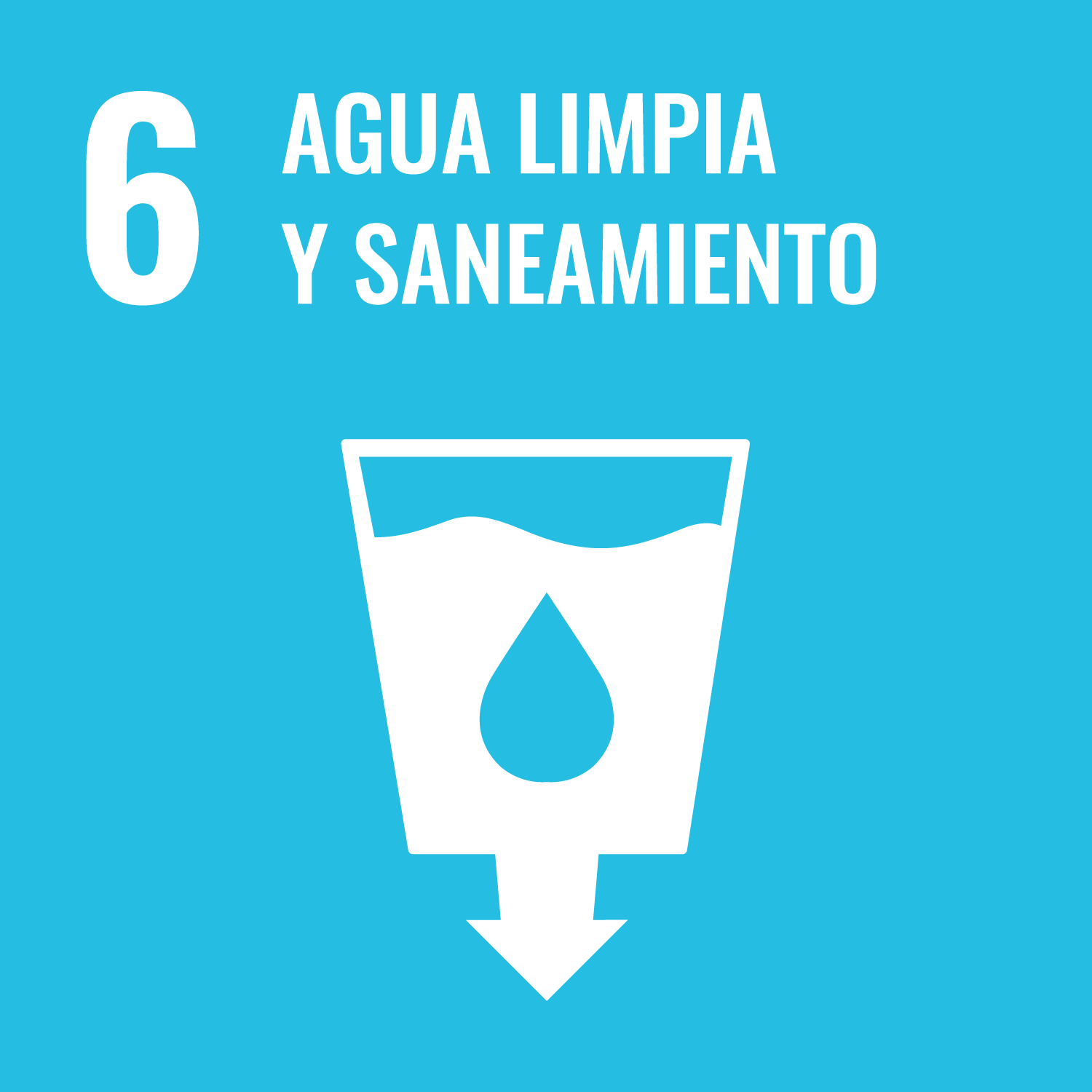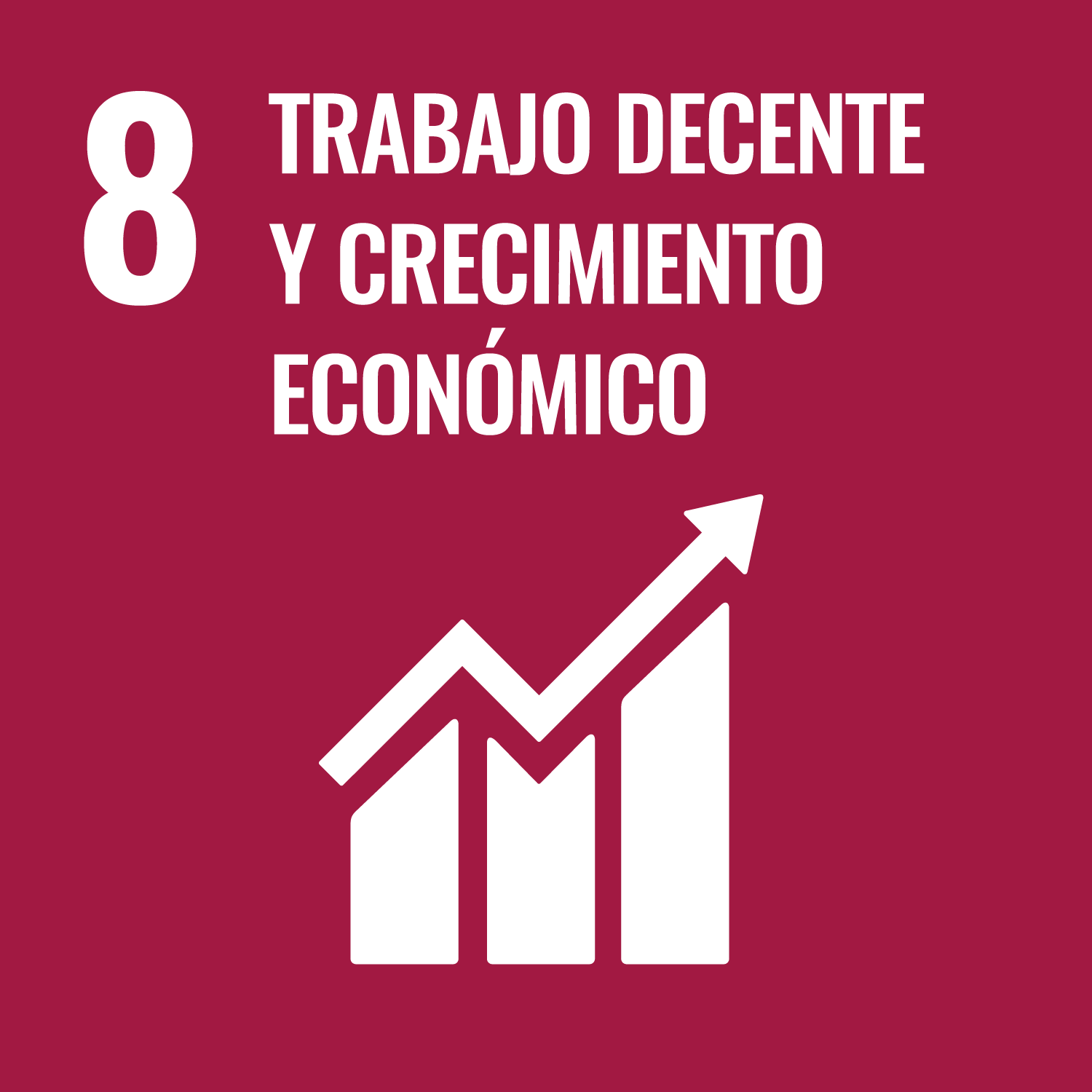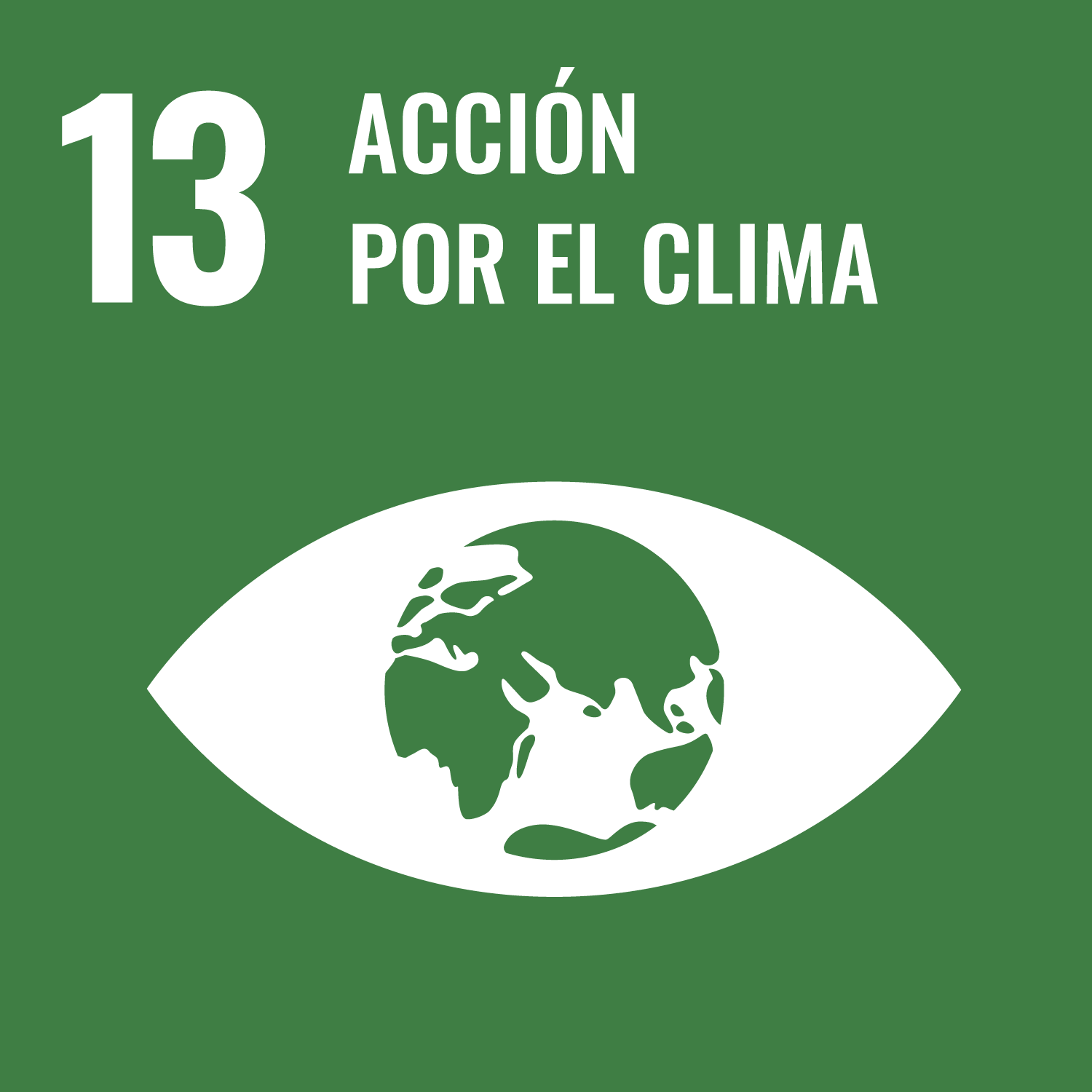Clima, Comunidad y Biodiversidad
El proyecto de restauración de pastizales de Boomitra no solo combate el cambio climático, sino que también proporciona numerosos beneficios adicionales. La materia orgánica es la base de la salud del suelo, y a medida que aumentan los niveles de materia orgánica, aumenta el carbono, también aumenta el ciclo de nutrientes, los rendimientos, la seguridad alimentaria y la biodiversidad. La infiltración y la retención de agua en el suelo también mejoran, lo que conduce a una mayor eficiencia en el uso del agua y a una mejor calidad del agua local. El proyecto capacita a las comunidades locales mediante el suministro de apoyo continuo y herramientas agronómicas digitales, lo que les permite optimizar la captura de carbono y la productividad de los pastizales. Esto, a su vez, genera una nueva fuente de ingresos para los ganaderos. El modelo de proyecto se centra en soluciones impulsadas por la comunidad para construir equidad en la tierra y restaurar las tierras degradadas.
Este proyecto contribuye a los siguientes Objetivos de Desarrollo Sostenible (ODS) de las Naciones Unidas.

